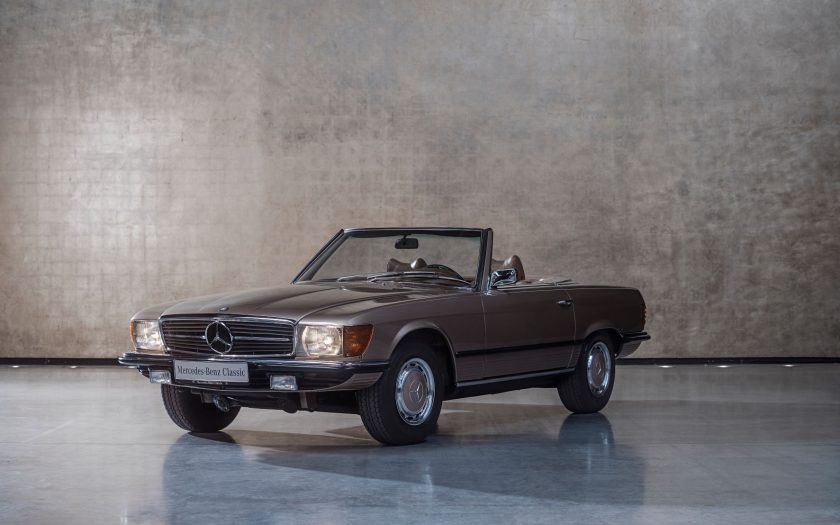Ever wondered what classic car to consider? Paul Murrell tests the 1971-1989 Mercedes-Benz SL with pricing, specs, ride and handling, safety, verdict and everything the over-50 classic car buyer needs to know.
Summary: It’s no sports car, but the Mercedes-Benz SL was built with all the legendary Mercedes attention to detail, longevity and style.
1971-1989 Mercedes-Benz SL sports car
Price range: $30,000-$50,000
Safety: Dual front airbag package (560SL), anti-lock braking (380SL)
Engine: 3499cc (350SL), 4520cc (450SL), 4973cc V8 (500SL)
Power: 183kW
Torque: 400Nm
Transmission: 3-speed automatic (350SL), 4-speed automatic (450SL), rear-wheel drive
Steering: power assisted recirculating ball
Body: SL 4390mm (long); 1790mm (wide); 1290mm (high)
SLC 2820mm (long); 1790mm (wide); 1330mm (high)
Build country: Germany
Interior features: air conditioning, manual windows, manual seats
Exterior features: alloy wheels, electric hood, optional hardtop
Kerb weight: 1610kg
Wheels: 15-inch alloy
Tyres: 205/65R15
Brakes: ventilated discs (front), discs (rear)
Fuel tank: 85 litres
Consumption: 12.3L/100km

[review]
Mercedes-Benz knew the successor to the much-loved 230/250/280SL “Pagoda” was going to be hard act to follow.
Knowing they had to win the American market they came up with the R107 Series, powered by a 3.5-litre V8, and then a 4.5-litre V8 that, fitted with power-sapping emissions equipment. Within the factory, Mercedes-Benz’ own engineers called it der Panzerwagen, an indication of its great strength.
The windscreen surround was strong enough to provide protection in the event of a rollover, and there was nary a trace of that bane of many a sports car, scuttle shake.
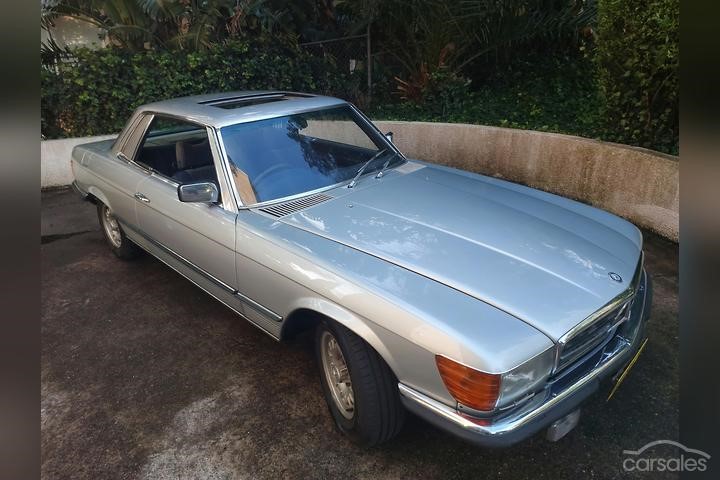
Also offered was a long wheelbase SLC coupe. It cost an incredible $5000 more than the 350SL convertible which was $15,400 in 1971. All SLCs sold in Australia were automatic, and often decked out with expensive options such as leather trim and electric sunroof.
Mechanical components are almost all shared with contemporary saloons, making spare parts supply unusually good for a car 35 years old for even the most recent models.
The cars have masses of torque, enabling you to deal with slower traffic with ease.
Throughout the long 19-year production run, there were constant improvements. Woodgrain trim arrived in 1976, and electric windows in convertibles in 1979.
Late in 1980, the 3.8-litre 380SL arrived. It delivered slightly less power from its more modern aluminium V8 and featured a four-speed transmission, meaning better fuel consumption than the outgoing 450.
In 1986, the most powerful 107 Series was introduced. The 560 was punishingly expensive, costing more than most capital city homes. Output rose marginally to 175kW but the real improvement was a 30 percent increase in torque. There was no SLC variant of the 560.
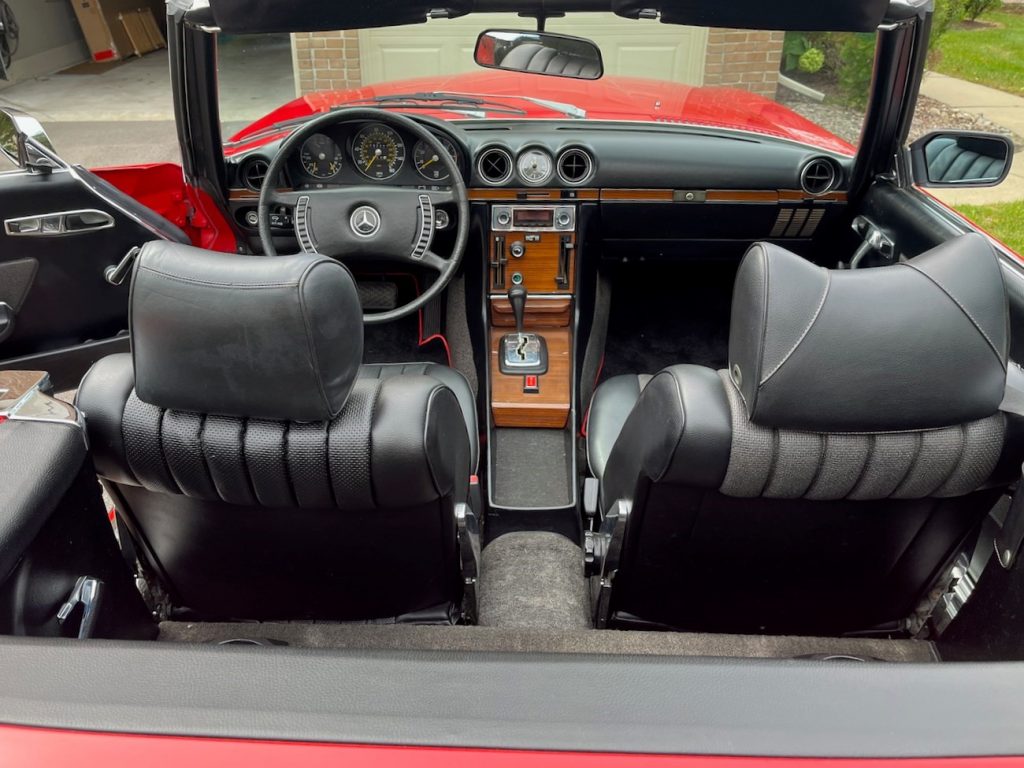
What to look out for
An SL with its suspension in good condition delivers a firm but controlled ride. If there are rattles and thumps, or the steering feels disconnected or notchy, something isn’t quite right. Such things can always be fixed, but will have an impact on the asking price.
Perhaps surprisingly, SLs are prone to water leaks. Neglected, these can lead to severe rot. The most affected area is the heater plenum chamber. Repairs to this area are extremely costly (a word you’ll hear often when referring to the SL). Leaks can also come from the bonded-in windscreen, seals around the doors, windows and hood, ill-fitting hardtops and around lamps and trim into the boot.
All models came with a soft top and most had the optional hardtop, the latter stamped with the chassis number below the nearside window (you can only see it when the hardtop is removed). Hardtops can rust along the trailing edge. Early cars can suffer structural rust in the sills around the jacking points, and occasionally in the box sections in the bottom of the engine bay. Post 1980 cars can suffer from rust in the wheelarch lips (be suspicious of chrome wheelarch embellishers), around the trims and the towing eye and electrolytic corrosion between the aluminium bonnet and the grille.
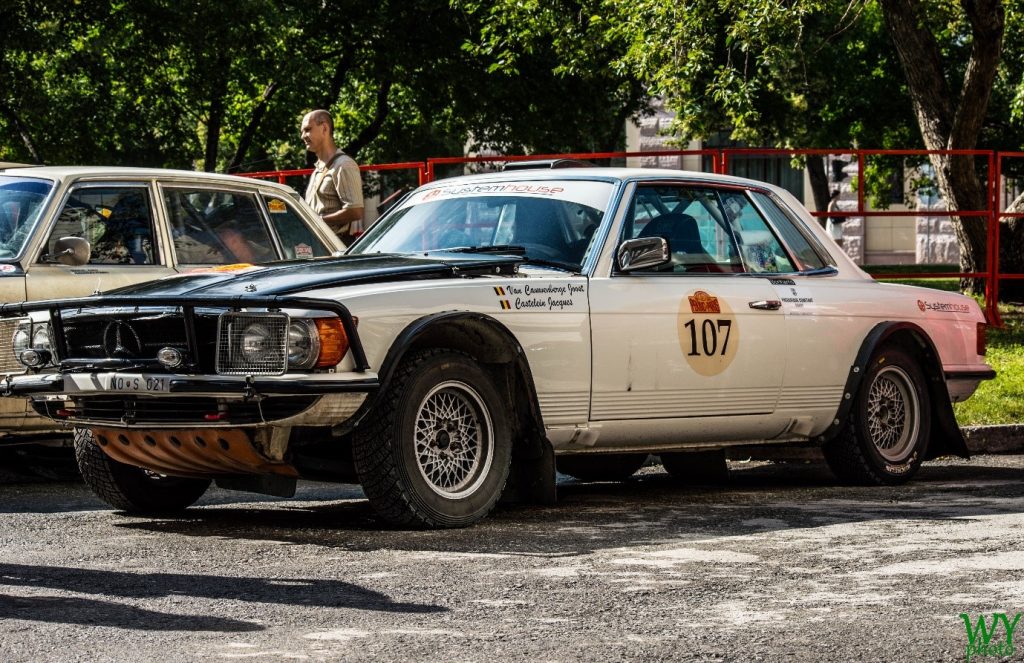
If there’s no chassis number stamped on the front crossmember, the car has been involved in an accident.
Some people love the hard-wearing MB-Tex upholstery. Others loathe it. Make up your own mind. Overseas cars came in three levels of trim: leather, MB-Tex and a cloth/vinyl mix.
Check the age of the tyres. They may have plenty of tread but become hard with age and not gripping at all.
Cracks in the cylinder head and warping were common problems, usually due to poor maintenance. Since most of these cars now lead cosseted lives, it’s less likely to be a problem, but check for any oil/water contamination.
Neglected fuel injection systems can cause under-bonnet fires. Look out for black smoke, or difficult starting when warm. And if there’s a smell of fuel, be extra cautious.
When you inspect the car, have the seller remove and refit the hard top (if there is one). That way, you’ll know it hasn’t been sneakily sealed to prevent water entry. Also, while the top is off, inspect the soft top (again, if there is one) for damage to fabric or frame. Sof tops that have spent most of their lives under the hard top can show serious signs of degeneration.
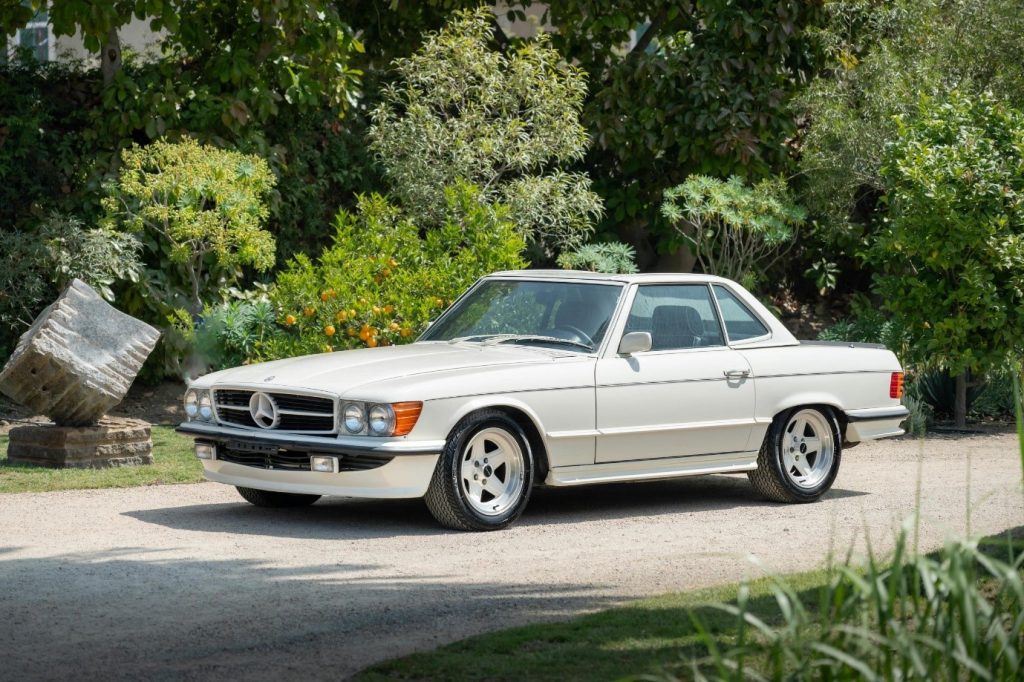
Large wheels and tyres spoil the ride; stick with the originals and fit them with Michelin or Continental tyres.
Finally, when you find what you think is a good buy, have a Mercedes-Benz technician carry out a thorough pre-purchase report. What looks like a trivial or minor problem may end up costing a significant sum to put right.
